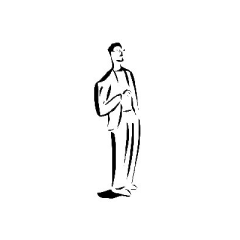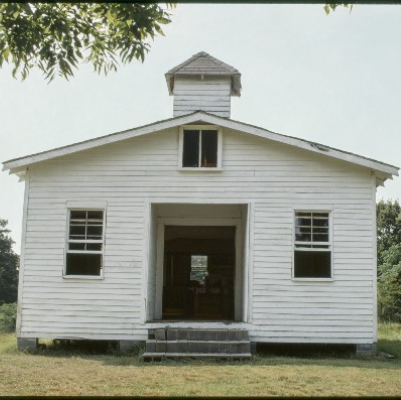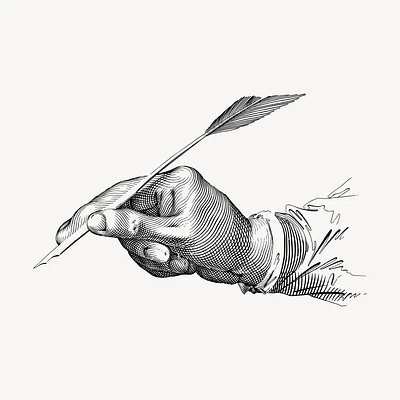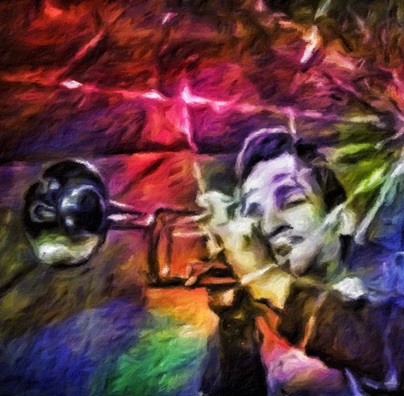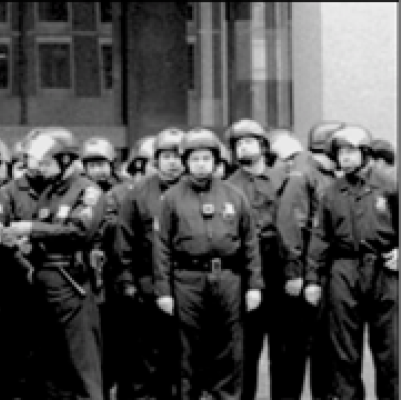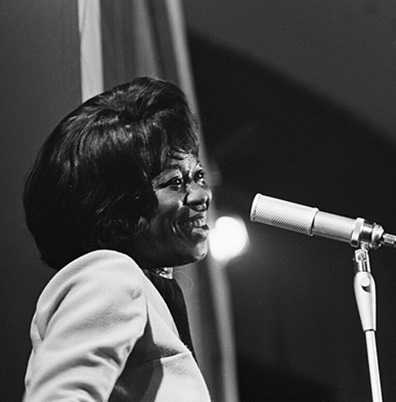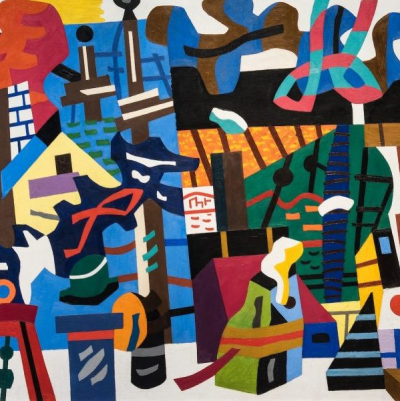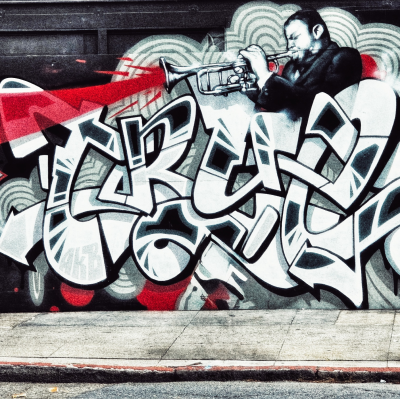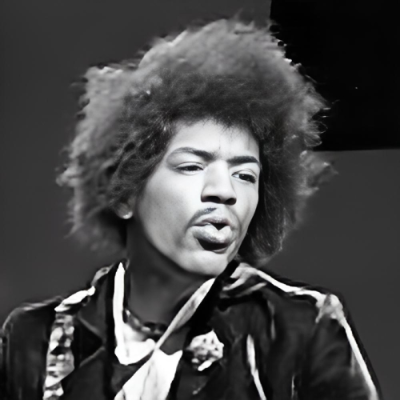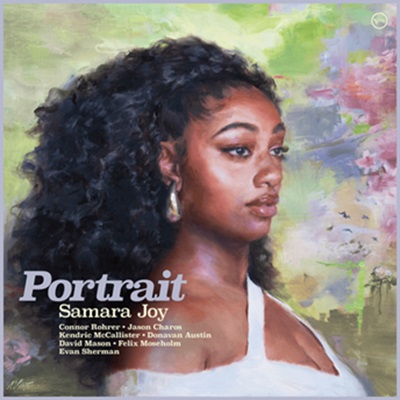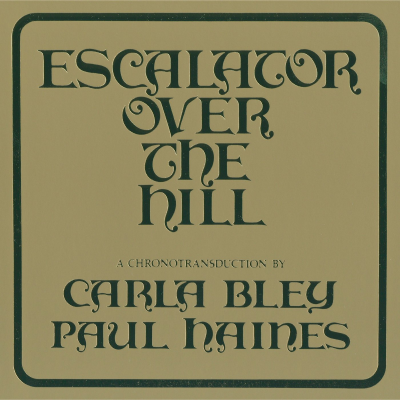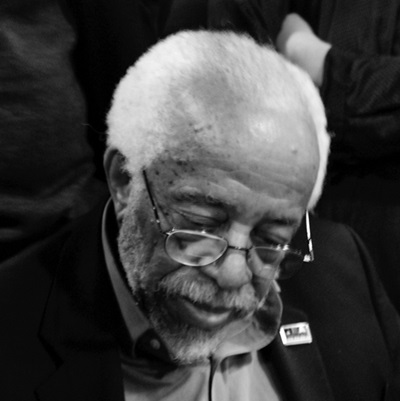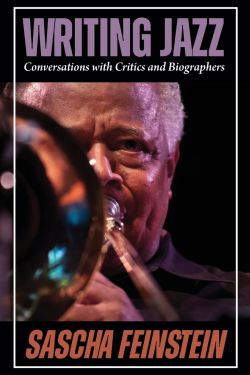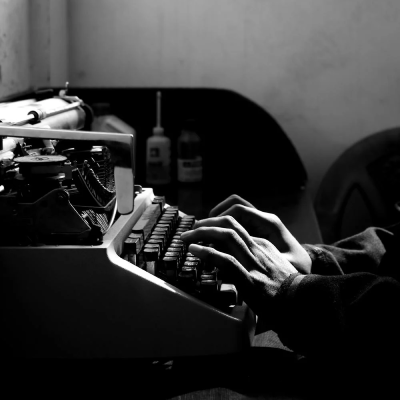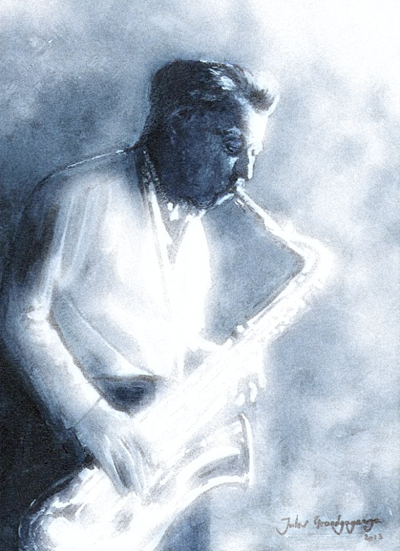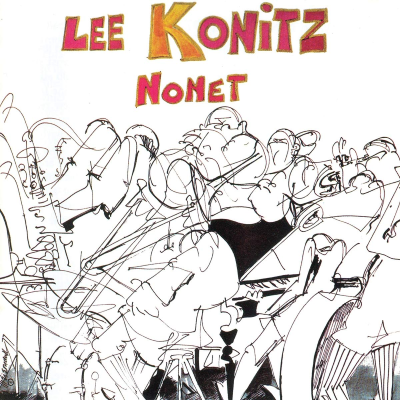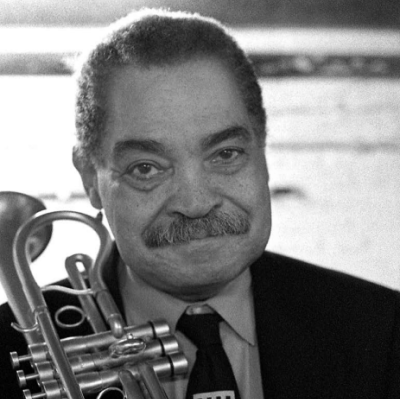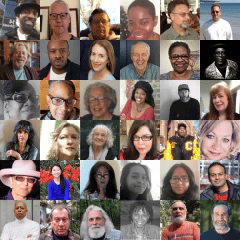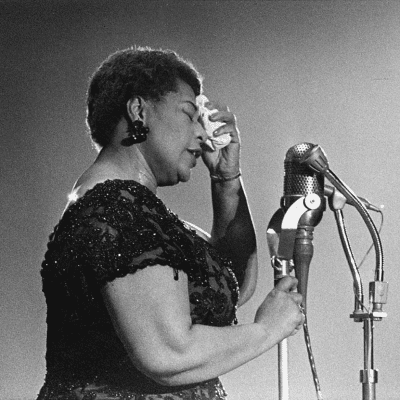.
.
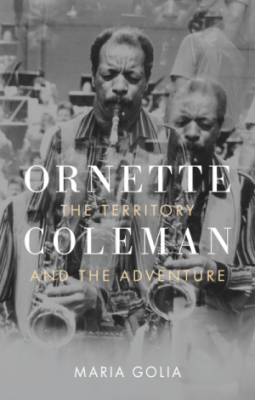
.
.
…..In preparation for an upcoming interview with the author, I have just begun reading Maria Golia’s new book, Ornette Coleman: The Territory and the Adventure.
….In the book’s Introduction – excerpted here in its entirety with the consent of Ms. Golia and her publisher, Reaktion Books – the author takes the reader through the four topics within the brilliant musician’s career her book focuses on, and describes Ornette as “self-taught and proud,” who had a “nonconformist approach to music that attracted ridicule and censure” and who “used music to advance his self-understanding and in doing so, expanded the musical boundaries of the known.”
.
.
___
.
.
– Gary Giddins, music critic, author, and biographer
.
.
.
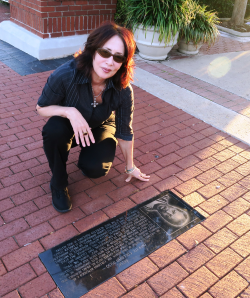
Maria Golia beside a tribute to Ornette Coleman
Fort Worth, Texas; 2016
.
Born in New Jersey and residing in Egypt, Maria Golia managed the Caravan of Dreams Performing Arts Center, one of America’s most progressive arts venues (1985-1992), in Fort Worth Texas, Ornette Coleman’s home town. Author of several non-fictions for Reaktion Books (UK), including .Cairo: City of Sand.(2002);. Photography and Egypt. (2010) and .Meteorite: Nature and Culture (2015), she is Middle East reviewer for the.Times Literary Supplement.and contributes to a variety of publications concerning Egyptian affairs. She is currently working on .A Short History of Tomb-Raiding in Egypt, to be published by Reaktion in 2022.
You can visit her website by clicking here
.
.
Excerpted from. Ornette Coleman: The Territory and the Adventure, by Maria Golia. Copyright © Maria Golia 2020. Published by.Reaktion Books .(available through University of Chicago Press). Reprinted by permission.
.
.
___
.
.
Introduction
The theme you play at the start of the number is the territory. And what comes after, which may have very little to do with it, is the adventure.
ORNETTE COLEMAN (March 9, 1930–June 11, 2015)
.
.
The individuals who may be said to define an era have distilled its characteristic forces and possibilities into a body of work that in turn informed their times. Born in segregated Fort Worth, Texas, during the Great Depression, African American composer and musician (sax, trumpet, violin) Ornette Coleman was zeitgeist incarnate. Steeped in the Texas blues tradition, he and jazz grew up together, as the brassy blare of big band swing gave way to bebop, a faster music for a faster, postwar world. If jazz were an aircraft, then New Orleans trumpeter Louis Armstrong winged it over the Atlantic, Kansas City saxophonist Charlie Parker shattered the sound barrier, and Ornette achieved escape velocity, forging a breakaway art appropriate to the Space Age, often referred to as “free jazz.”
…..I met Ornette in his hometown at the Caravan of Dreams Performing Arts Center where I worked and where he played and recorded in the 1980s. He was unassuming and soft-spoken; he lisped and wore shirts that resembled painters’ drop cloths, but he was tougher than he looked. Self-taught and proud, Ornette had a nonconformist approach to music that attracted ridicule and censure. Marginalized by his peers for abandoning jazz conventions and feared for the unmistakable authenticity of his sound, he posed a threat to the status quo and to the musicians who staked their careers on it. It would have been simpler to join the in-crowd but Ornette held his course and made the margins the place to be. “How do I turn emotion into knowledge? That’s what I try to do with my horn,” he said. Ornette used music to advance his self-understanding and in doing so, expanded the musical boundaries of the known.
…..Jazz is considered a “democratic” music for the equal weight it gives the individual and the collective, where the ensemble’s role is not to subsume its members but to make room for their greater expression. Integral to the language of jazz is improvisation, the art of the immediate, an interactive process involving receptive listening and cogent response that Ornette wished to rescue from ephemerality by presenting it as a model for all genuine communication. His approach to music would reach beyond jazz to touch all manner of creative endeavor, and it is no coincidence that reviewers wrote some of their most inspired prose when describing Ornette’s sound.
…..More a compendium than a comprehensive biography or technical analysis, this book helps contextualize Ornette’s work, using archival and primary sources to describe some of the pivotal places, people, and struggles that shaped his music and his life. It begins in Fort Worth, a hardscrabble town where music was the only thing that brought black and white citizens together aside from the latter’s need for cheap labor. Part One (“Coming Up”) reconstructs the social conditions and sonic ambiance of Ornette’s youth, an idiosyncratic collage of radio broadcasts from Harlem, western swing fiddlers, Tejano two-steps, high-school marching bands, and the rhythm and blues (r&b) that issued from storefront churches where congregations spoke in tongues.
…..“I created everything about me,” Ornette once said, but he was heir to an exceptional legacy. Texas produced innovators at every stage of jazz evolution, from blues and ragtime to bebop and beyond. Music flourished in the dives and dance halls of Ornette’s hometown, frequented by Texan contributors to jazz history who influenced, mentored, or collaborated with him. While Fort Worth and nearby Dallas were not jazz crucibles like New Orleans, New York, or Los Angeles, Texas was nonetheless a field of encounter and synthesis. Musicians who left home seeking a living roamed the vast Southwest in fluidly configured territory bands, folding the impressions they found on the road into their homegrown sound. Restlessness and mobility were built into Ornette’s generation; inured to discrimination and hardship, and intent on overcoming them, musicians were explorers charting new ground and eager to share their discoveries.
…..Part Two (“Ignition”) tracks Ornette’s music-driven trajectory from Texas via New Orleans and Los Angeles to New York, where he found a home, and Europe, where he communed with the fervent free jazz diaspora he helped create. By the time he arrived in New York in 1959, jazz had become aware of itself and its strengths, with intellectual bebop and its technical prowess the accepted norm. Ornette and a handful of contemporaries found this self-consciousness restrictive and contrary to the purpose of deeper exploration. His album Free Jazz (1961) lent a name to what he and his companions were after, but Ornette disliked the connotation of randomness. His music required discipline and mastery alongside an alertness of body, intellect, emotion, and memory. If this was freedom, skillful vigilance was its price.
…..The same heightened awareness of possibilities and urge to rebel against constraints was manifest in painting, theater, literature, dance, film, and photography. The 1960s witnessed an exuberant cross-fertilization of the arts as practitioners of every discipline staked out new, overlapping territories, sharing inspiration and resources, with jazz embodying the values of experimentation and collaboration that characterized an increasingly international avant-garde. The same impulses driving artists guided movements that challenged authority, taking a stand against war, racism, and inequality, a wave of change that swept across the Atlantic. Ornette pursued his lines of inquiry immersed in a milieu he helped advance—of open doors, loft jams, chance meetings, group performances, conversations, and projects—a lifestyle that reaffirmed the interconnectedness of both the arts and human beings that he called “unison.”
…..When Ornette returned to Fort Worth for his first performance there in nearly two decades, he was a 53-year-old world traveler and a living legend to a discrete global tribe of listeners. The hero’s welcome he received was orchestrated by new friends, the founders of a nightclub and theater venue called the Caravan of Dreams Performing Arts Center, an anomalous venture backed by a Texan tycoon. Richly endowed, multidimensionally conceived, accessible to a spectrum of performers and audience, and until now virtually absent from the (pre-Internet) record, the Caravan of Dreams was designed to catalyze the arts and urban renewal in downtown Fort Worth. Ornette was intrigued by the prospect and the people behind it, a group of individuals who executed projects at the intersection of the arts with emerging technologies and environmental science.
…..Part Three (“Atmospherics”) documents Ornette’s homecoming and the week-long inauguration extravaganza at the Caravan of Dreams, “a palace of the avant-garde,” as it was fatefully billed, that was built around him. Each of the events purposefully celebrated a milestone of his career, including concerts of his symphony, Skies of America, and a composition honoring Buckminster Fuller, whom Ornette called “my best hero.” The Caravan’s nightclub opened with Ornette and his group, Prime Time; the upstairs theater with a reading by William Burroughs and Brion Gysin, whom Ornette met in the Moroccan village of Joujouka in 1972, an adventure that served to coalesce his thinking about music.
…..In his mannerisms, the way he spoke and dressed, Ornette was a character whose laconic asides and elliptical anecdotes provoked both laughter and reflection. He called his theory of music “harmolodics,” saying it applied to all other art forms, including life. Part Four (“Transmissions”) follows Ornette’s trains of thought regarding musical methodologies and his attitudes towards language, painting, women, celebrity, teaching, and death, tracking events in his later life, his influence and his legacy. As an actively touring octogenarian, he was showered with awards, while artists and scholars of every persuasion acknowledged how his work advanced their own creative processes.
…..In the course of producing this book I lost count of the people who said Ornette had changed their lives, even though he once remarked that aside from music he was just an ordinary guy. But Ornette was all about music, and the attributes he ascribed to it defined his idea of what “ordinary” might mean. He saw music as a natural, healing power, a tool for the acquisition of knowledge, and a language that transcends culture and category, a message freighted with the experience of surviving the darkest hours of racial oppression in America. His life nonetheless traversed a luminous few decades; in the larger scheme of things, a click of the shutter, an opening that lasts an instant.
…..The snapshot offered here is of an ever-receding era, more receptive and inquisitive, less pressured and afraid, when a city’s live music clubs were among its most sought-after destinations, where everyone looked forward to the unpredictable. Now that so much contact occurs at a sterile, screen-mediated distance, it’s worth recalling the spontaneous complicity of jazz, the palpable exchange of energy that occurs within an ensemble and its audience. Ornette once remarked that the most important thing about music is that it be heard. Hopefully these pages will tempt readers to follow his advice, and listen.
.
.
___
.
.
.
.
.
.
Excerpted from. Ornette Coleman: The Territory and the Adventure, by Maria Golia. Copyright © Maria Golia 2020. Published by.Reaktion Books .(available through University of Chicago Press). Reprinted by permission
.
.
.




